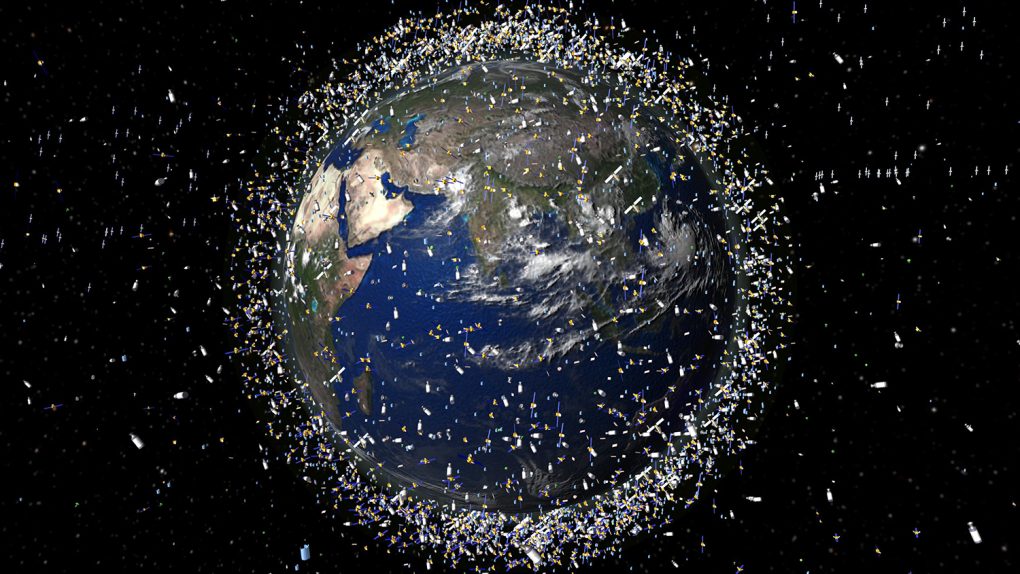Searching for extraterrestrial civilizations isn’t easy or we’d probably have already found a few. Traveling to other star systems in search of aliens would obviously be the most convenient way of meeting E.T. but that’s just not possible with modern technology, and we don’t have telescopes powerful enough to peer onto the surface of exoplanets to spot otherworldly life.
So, if aliens are out there, how exactly are we going to find them? Some scientists think listening to the heavens will eventually pay off, while others believe that aliens may find us before we even have a chance to spot them. In a new research paper published in The Astrophysical Journal, astronomer Hector Socas-Navarro suggests that we search for something entirely different: garbage.
It’s no secret that humanity is great at generating trash. It’s everywhere on Earth, from the most remote areas of the oceans to the highest peaks, and mankind’s amazing ability to litter has even extended into space. Space junk around Earth is a massive problem that’s just getting worse with each passing year, and Socas-Navarro suggests that the same might be true for otherworldly civilizations.
In his paper, Socas-Navarro argues that if an alien race has gotten close to the same technological point as humans, their planet might be wrapped in a blanket of space trash just like our own, and we might even be able to see it from far, far away.
One of the ways that scientists spot distant planets is by looking for changes in the light coming from the stars they are orbiting. When the light of a far-off star dips or shifts at certain intervals it’s possible for scientists to detect the presence of one or more planets. If one of those planets is surrounded by satellites and reflective debris, it might very well produce a specific change in the light that would give away the presence of an intelligent alien race.
“The idea is to examine the region of space around a planet where potential geostationary or geosynchronous satellites would orbit,” Socas-Navarro writes. “Civilizations with a high density of devices and/or space junk in that region, but otherwise similar to ours in terms of space technology, may leave a noticeable imprint on the light curve of the parent star.”
In the paper, he dives deep into the specific light shifts that researchers may want to be on the lookout for, and while it’s a very interesting idea, it might not actually hold up when it comes to alien hunting. Put simply, we really have no idea how an alien civilization might progress, and space might not even be a point of interest for them. Or, if any group of aliens is indeed space-faring, it may have already solved the space junk problem that still plagues humans, and the space around their home world might be nice and tidy. Maybe humans are just slobs?








